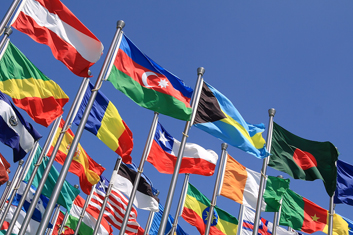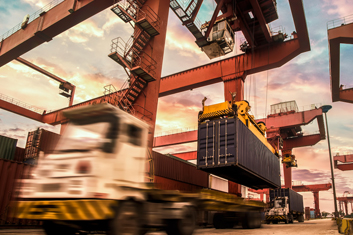About this agreement
Key benefits
Eligibility
Use the Tariff Finder to see if your product is eligible to enjoy this FTA's tariff concessions.
Alternatively, you can explore the following steps to check your eligibility.
-
Your product’s preferential rateIf your product’s HS code is included in the Tariff Schedule of the EU, the respective staging categories (3, 5, or X) apply to the elimination of customs duties. Otherwise, the customs duty will be eliminated upon entry into force of the EUSFTA.
-
Your product’s rule of origin
Rules of origin are a set of criteria which determine a product's originating status in each respective FTA.
It is put in place to ensure that only goods originating from the FTA partner countries will benefit from tariff concessions.
Please refer to Annex B of Protocol 1 for the Product Specific Rules.
For goods affected by HS 2022 transposition (with effect from 1 Jan 2023)
Please refer to Annexes 1, 2 and 3 of Decision No 01/2022: Annex B, B(a) and D to Protocol 1 respectively to obtain information on the updated HS codes and product descriptions.
Apply
Under the EUSFTA, the exporter shall submit a statement of declaration on the invoice, or any other commercial document which certifies that the goods qualify as originating goods for their import into the EU. The origin declaration shall contain the text and details as set out in Annex E of Protocol 1 of the legal text, and must describe the goods in sufficient detail to enable their identification by the importing customs authority. Statements on origin will no longer have to bear exporters’ original signatures in manuscript. This can help to reduce the number of steps/processing for exporters, especially those who use declaring agents for their export processes.
Resources
Need additional help?
European Union – Singapore Free Trade Agreement (EUSFTA)



